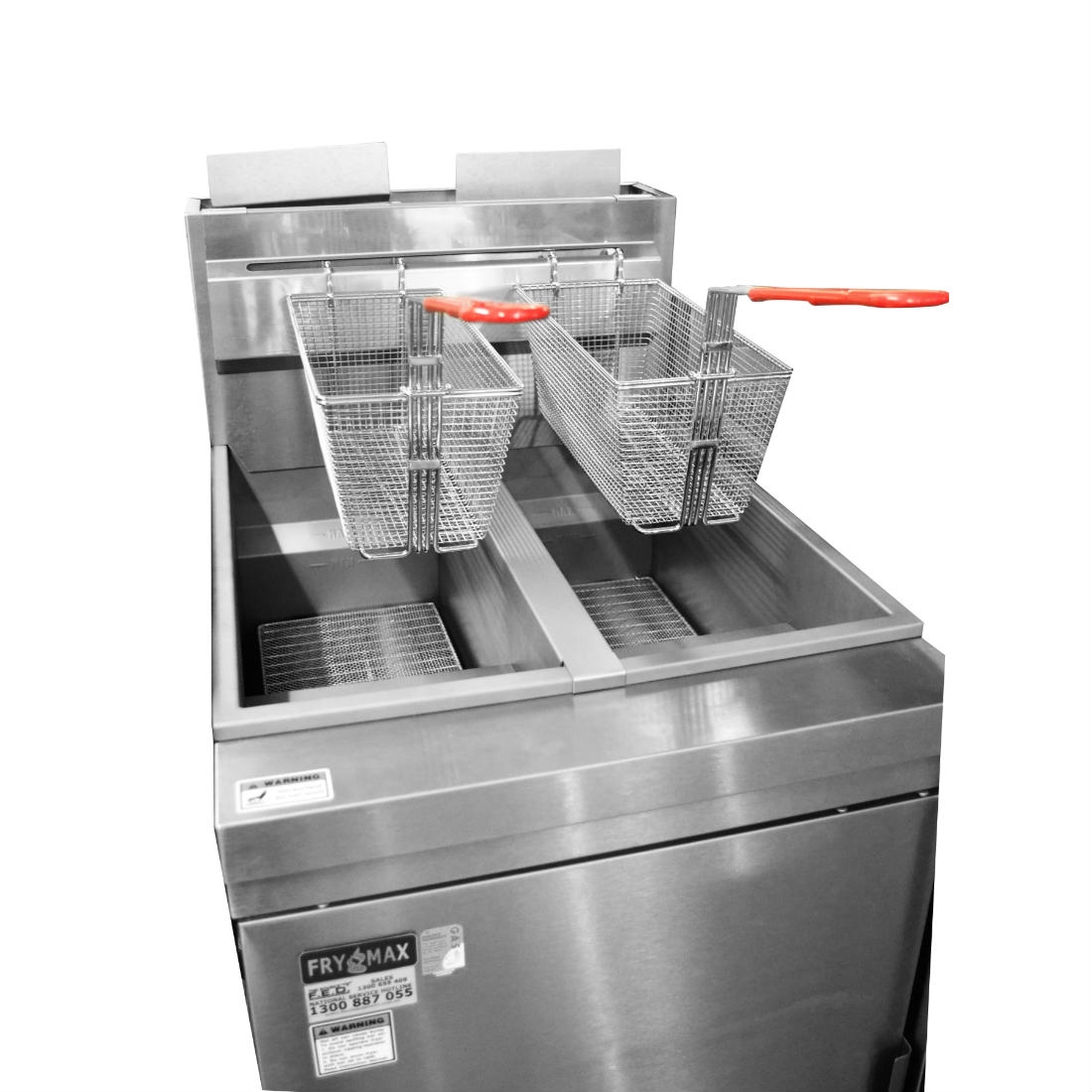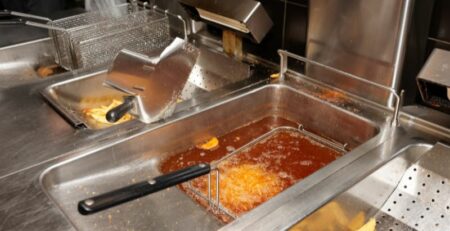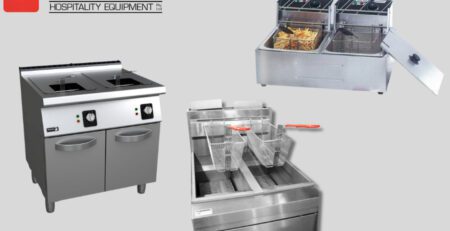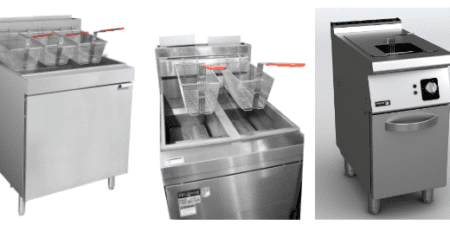The Expert’s Guide to Draining Your Commercial Deep Fryer Without a Hitch
In the fast-paced world of commercial cooking, deep fryers have become a crucial tool for chefs and restaurant owners alike. From the humble french fry to the more complex chicken wings and doughnuts, these machines are essential for achieving the perfect crispy texture and a golden-brown colour. Whether running a fast-food chain or a high-end restaurant, a reliable deep fryer can make all the difference in delivering delicious food to your customers.
However, after hours of frying, the oil in your deep fryer can become murky and filled with bits of food debris, making it less effective and even unsafe to use. That’s why it’s essential to know how to drain a commercial deep fryer properly. In this expert guide, we’ll cover the steps you need to follow to drain your commercial deep fryer without a hitch.
Why is it Important to Drain a Commercial Deep Fryer?
First, let’s talk about why it’s important to drain your commercial deep fryer. As mentioned earlier, the oil in your fryer can become murky and filled with bits of food debris, which can impact the taste and quality of your food. But that’s not all. Old oil can also become a breeding ground for bacteria, which can cause food poisoning if ingested.
Additionally, if the oil in your fryer is overheated or starts to smoke, it can create a fire hazard. For these reasons, it’s crucial to drain your fryer regularly.
Step-by-Step Guide to Draining a Commercial Deep Fryer


1. Turn off the fryer and unplug it from the electrical outlet.
Before draining your deep fryer, ensure the unit is turned off and unplugged from the electrical outlet. This is a necessary safety precaution to prevent accidental burns or electrical shocks.
2. Allow the oil to cool down.
The oil in your fryer can reach temperatures of up to 375°F, which can cause serious burns if it comes into contact with your skin. To avoid any accidents, you need to allow the oil to cool down to a safe temperature.
3. Place a container underneath the drain valve.
Once the oil has cooled down, you can start the process of draining it. First, place a container underneath the drain valve of your deep fryer NZ offers. This will catch all the oil that you drain out.
4. Open the drain valve and let the oil flow out.
Locate the drain valve on your deep fryer, which is typically located at the bottom of the unit. Open the valve and let the oil flow into the container you placed underneath it. Make sure you’re holding the container steady so it doesn’t tip over.
5. Clean the fryer.
After you’ve drained all the oil from your deep fryer, it’s time to clean it thoroughly. First, use a sponge or cloth to wipe down the interior of the fryer to remove any food debris or oil residue. If your fryer has a removable oil reservoir, you can take it out and clean it separately.
6. Refill the fryer with fresh oil.
Once you’ve cleaned your deep fryer, it’s time to refill it with fresh oil. First, ensure you’re using the correct type of oil for your fryer, as specified in the manufacturer’s instructions. Then, fill the fryer up to the recommended level, making sure not to overfill it.
7. Turn the fryer back on and wait for the oil to heat up.
Once you’ve refilled your deep fryer with fresh oil, turn it back on and wait for it to heat up to the desired temperature. You can then start using your fryer for cooking up your favourite deep-fried delights.
Final Thoughts
The safety and quality of your food depend on draining your commercial deep fryer regularly. Therefore, it is an important task that should not be overlooked. Following these steps can drain your deep fryer safely and efficiently. Always take the necessary precautions to prevent accidents and injuries, such as allowing the oil to cool down and unplugging the fryer before starting the process.
In addition to regular draining, changing the oil in your deep fryer is essential. Your usage will determine the frequency of oil changes for your fryer, but it’s recommended to change the oil at least once a week as a standard guideline. This will help ensure that the oil in your fryer is always fresh and clean, improving the taste and quality of your food.
In conclusion, draining your commercial deep fryer may seem daunting, but it can be done quickly and easily with the proper knowledge and tools. By following these steps, you’ll be able to maintain your deep fryer in top condition, improving the quality of your food and ensuring the safety of your kitchen. So the next time you need to drain your deep fryer, you’ll know exactly how to get the job done without a hitch.








Leave a Reply